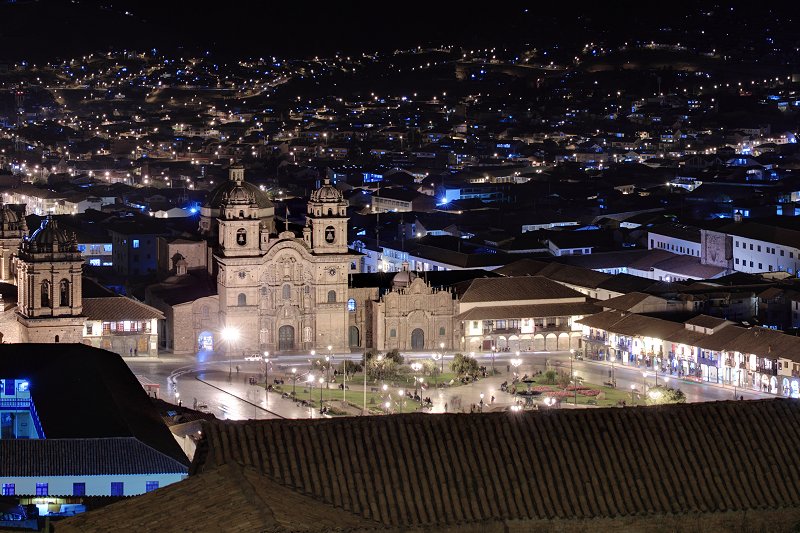 Plaza de Armas, Cusco
Plaza de Armas, CuscoSource: https://en.wikipedia.org/wiki/File:82_-_Cuzco_-_Juin_2009.jpg
Author: Martin St-Amant - Wikipedia

Cusco (Spanish: Cuzco, Quechua: Qusqu) is a city in southeastern Peru. It is a well known as the site of the historic capital of the Inca Empire. The modern city of Cusco has a population of 360,000 people (2011 estimate). Its historic center was recognized as a World Heritage Site since 1983.
Cusco is located near the Urubamba Valley, within the Andes mountain range. It is 3,400 m (11,200 ft) above sea level, making it one of the highest major cities in the world. The city is also a major tourist destination, receiving close to two million visitors every year. The government of Peru designate it as the Historic Capital of Peru.
Due to its high elevation, Cusco experiences a subtropical highland climate. The daytime temperature is quite constant, around 19°C (66°F) while the night time temperature may drop as low as 0.1°C (32.2°F). Cusco receives the most rain in January, at 145.3 mm (5.72 in).
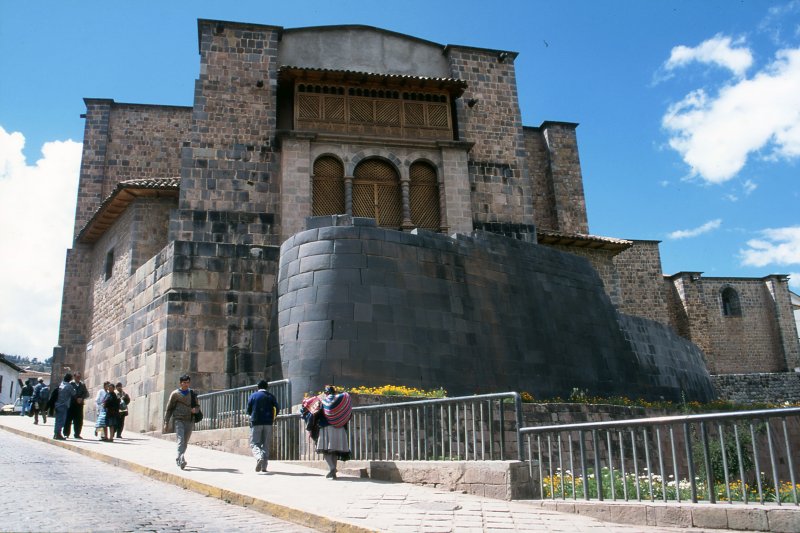 Coricancha, Cusco
Coricancha, CuscoSource: https://commons.wikimedia.org/wiki/File:P%C3%A9rou-Cusco_9916a.jpg
Author: Martin St-Amant - Wikipedia

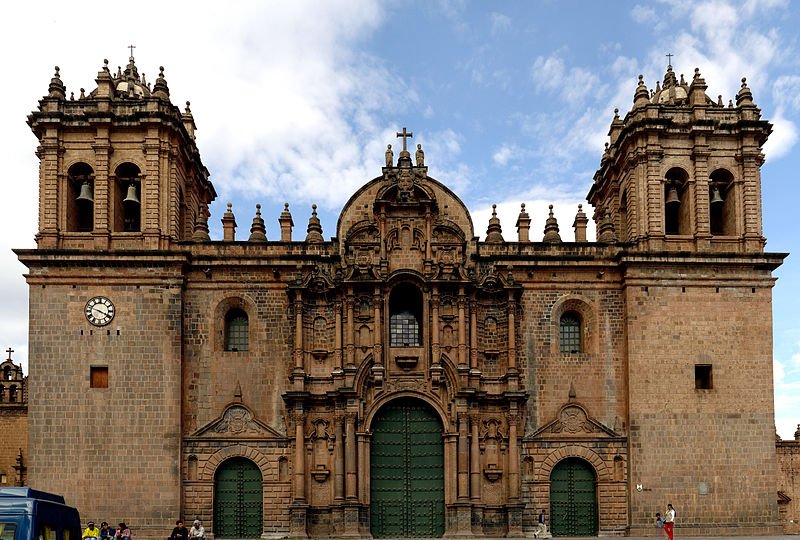 Cathedral of Santo Domingo, Cusco
Cathedral of Santo Domingo, CuscoSource: https://en.wikipedia.org/wiki/File:Cath%C3%A9drale_de_Cuzco_D%C3%A9cembre_2007_-_Vue_de_Face.jpg
Author: Martin St-Amant - Wikipedia

The Cusco region has been inhabited long before the Spanish, and long before the Inca built their empire. According to archaeologists, the Killke culture occupied the area between AD 900 and AD 1200. The Inca spread its empire into Cusco in the 13th century.
The discovery in 2008 of an ancient temple, roadway and aqueduct in Sacsayhuamán, on the northern outskirts of Cusco, suggested the area had been used for both religious and military purposes.
Cusco became the capital of the Inca Empire from the 13th century until 1532, when civil war between rival brothers turned the city into a battlefield. Two years later, the Spaniards under conquistador Francisco Pizarro arrived, defeated the Incas, and brought an end to the empire.
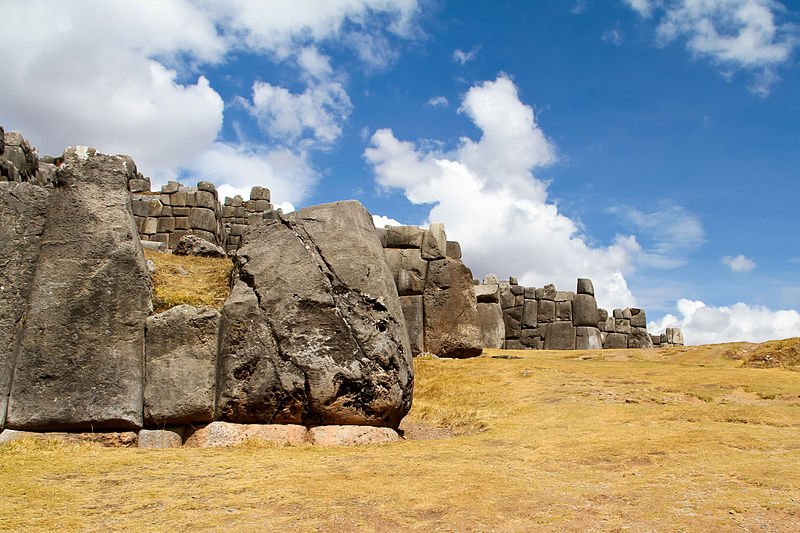 Sacsayhuamán walls in northern Cusco
Sacsayhuamán walls in northern CuscoSource: https://en.wikipedia.org/wiki/File:Sacsayhuam%C3%A1n_wall_2011.jpg
Author: Lars Falkdalen Lindahl

The city was recaptured by the Inca under Manco Inca Yupanqui in 1536. The siege lasted 10 months although Manco was only able to occupy it for a few days before the Spanish recaptured it. The Spaniards rebuilt Cusco after taking it over. The buildings erected during this period reflect a fusion of Spanish and Inca indigenous architecture.
Cusco was the base used by explorer Hiram Bingham to rediscover the ruins of Machu Pichu in 1911. The city suffered a massive earthquake in 1950 that destroyed a third of its structures. Its role as a tourist destination began in the 1990s, and accelerated as infrastructure for mass tourism improved.
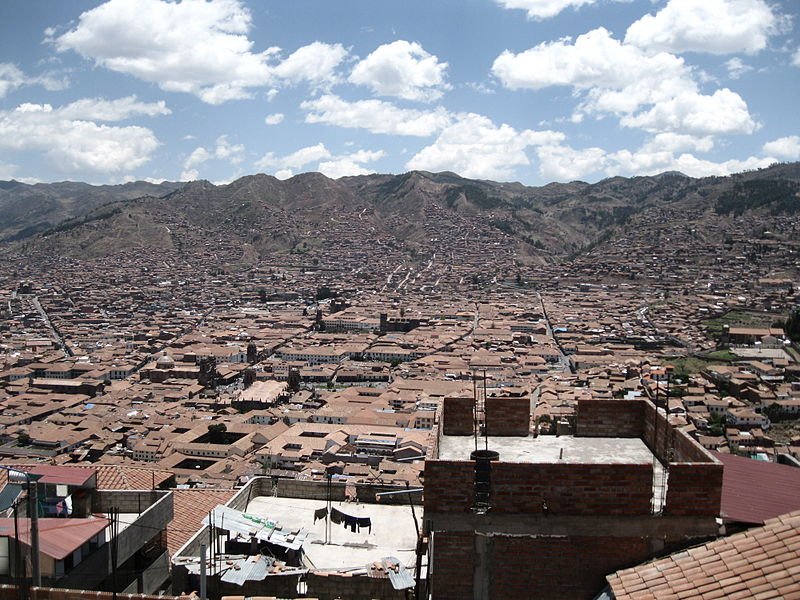 Rooftop view of Cusco
Rooftop view of CuscoSource: https://commons.wikimedia.org/wiki/File:Cusco_(7).JPG
Author: Rodrigo.Argenton

Visiting Cusco
The Alejandro Velasco Astete International Airport, located at the edge of Cusco, receives flights from Lima as well as Arequipa, Juliaca, La Paz and Puerto Maldonado, among others. Tourists departing from the airport has to pay an airport tax. If this is not included in your ticket, you need to pay it in US dollars.To leave the airport, take the unofficial taxi you find outside the terminal. The fare is around 7 soles, compared to the official rate of 30 soles or more.
Places of Interest in Cusco
- Archbishop's Residence
Originally the palace of Inca Roca, 6th Sapa Inca of the Kingdom of Cusco. - Barrio de San Blas
The artisan neighborhood with workshops and craft crops, located in one of the most charming parts of Cusco. - Cathedral of Santo Domingo
The most important church built by the Spaniards after taking over the city. - Convent and Church of La Merced
Religious complex founded in 1536. It has cloisters in the Baroque Renaissance style. The present church and convert dates to 1675, after the 1650 earthquake destroyed the earlier complex. - Coricancha
Sanctuary dedicated to the Inca sun god Inti. The walls were once covered with gold leaf by the Incas. - Sacsayhuamán
A complex of stout walls built by the Killke culture, which predates the Incas.
Destinations from Cusco
- Machu Picchu
The ancient Inca city rediscovered by Hiram Bingham.
 Latest updates on Penang Travel Tips
Latest updates on Penang Travel Tips
 Discover with Timothy YouTube Channel
Discover with Timothy YouTube Channel
 PG Food Channel
PG Food Channel
 Learn Penang Hokkien YouTube Channel
Learn Penang Hokkien YouTube Channel
 SojiMart Videos
SojiMart Videos
Latest from Discover with Timothy: Gurney Bay - what to see and do there
About this website

Hello and thanks for reading this page. My name is Timothy and my hobby is in describing places so that I can share the information with the general public. My website has become the go to site for a lot of people including students, teachers, journalists, etc. whenever they seek information on places, particularly those in Malaysia and Singapore. I have been doing this since 5 January 2003, for over twenty years already. You can read about me at Discover Timothy. By now I have compiled information on thousands of places, mostly in Peninsular Malaysia and Singapore, and I continue to add more almost every day. My goal is to describe every street in every town in Malaysia and Singapore.
Robbie's Roadmap
- Episode 1: Robbie's Journey to Financial Freedom
- Episode 2: Lost in America
- Episode 3: The Value of Money
- Episode 4: The Mentor
- Episode 5: The Thing that Makes Money
- Episode 6: The walk with a Billionaire
- Episode 7: The Financial Freedom Awakening
- Episode 8: Meet Mr Washington
- Episode 9: The Pizzeria Incident
Copyright © 2003-2024 Timothy Tye. All Rights Reserved.


 Go Back
Go Back